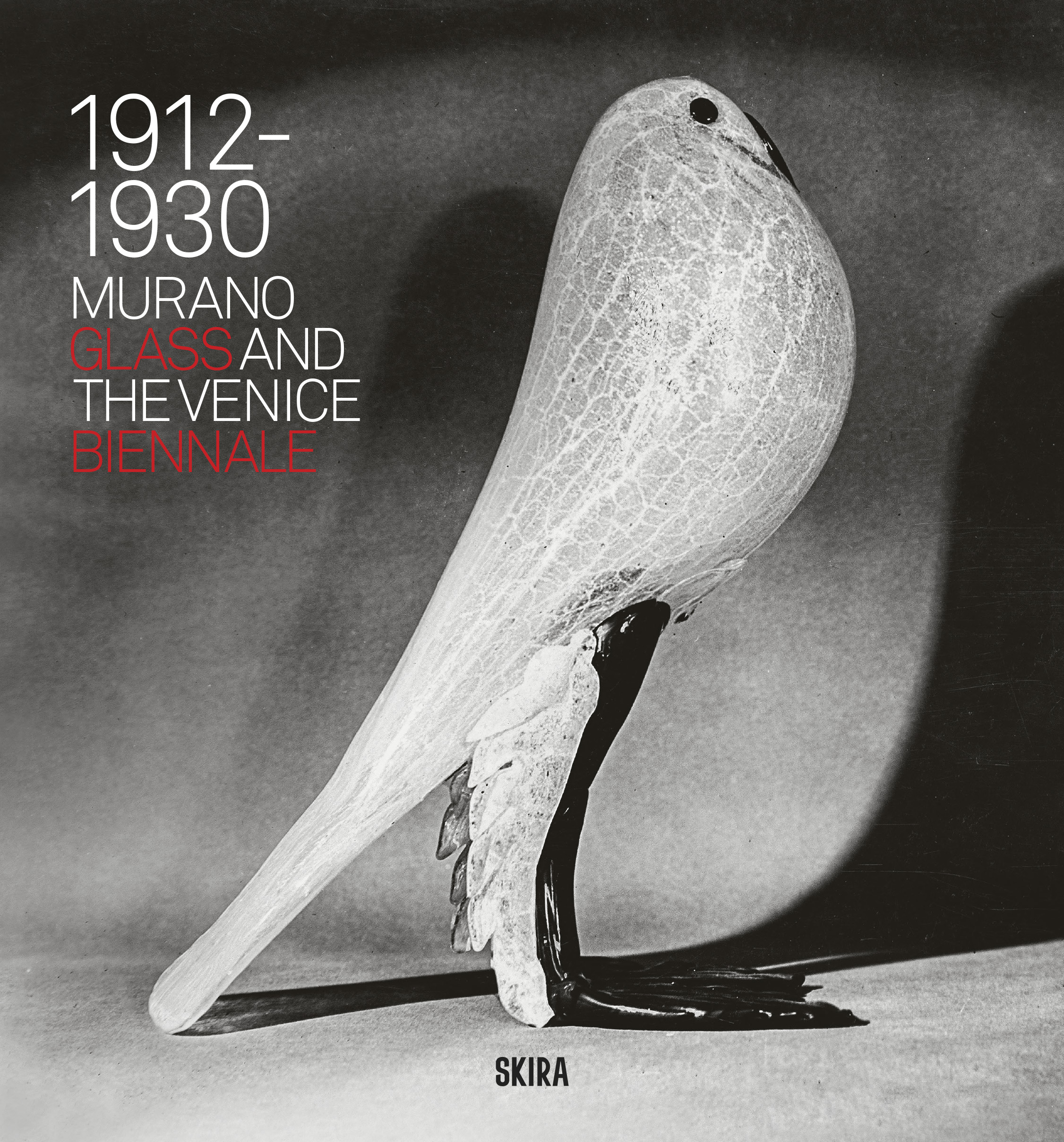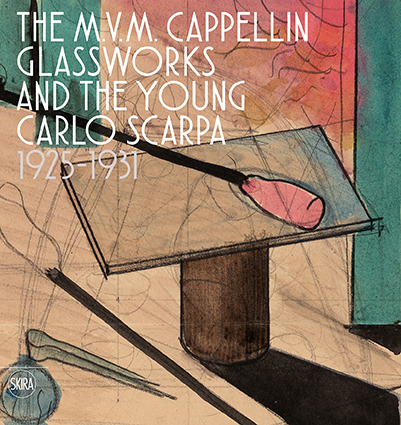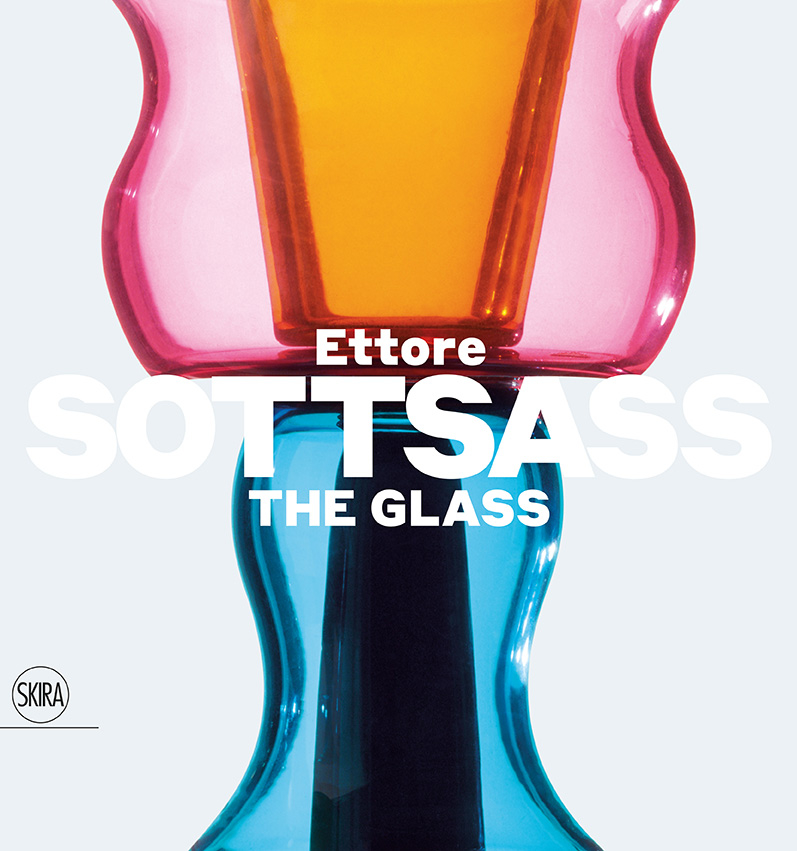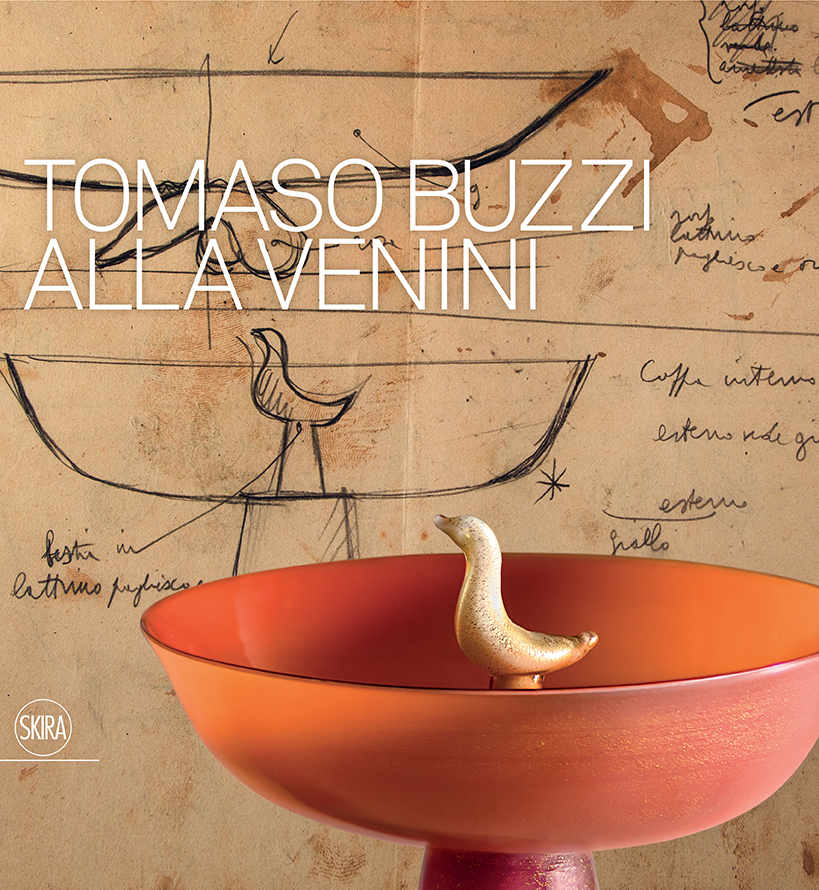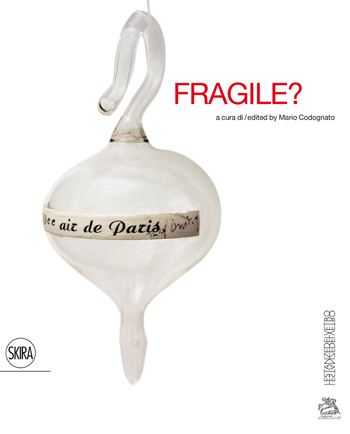Edited by Rainald Franz Curator, MAK Glass and Ceramics Collection, Vienna With texts by Rainald Franz, Pasquale Gagliardi, Valerio Terraroli, Christoph Thun-Hohenstein and Andreas Vass
The Glass of the Architects. Vienna 1900-1937 is the second exhibition dedicated to international developments in 20th-century glass, after Glass from Finland in the Bischofberger Collection. The exhibitions are part of the “Le Stanze del Vetro” project jointly run by the Fondazione Giorgio Cini and Pentagram Stiftung for the purpose of studying and promoting the art of glassmaking in the 20th and 21st centuries.
Published in collaboration with the MAK Vienna and “Le Stanze del Vetro” on the occasion of the exhibition in Venice, the volume presents over 300 works from the collection of the MAK Austrian Museum of Applied Arts / Contemporary Art in Vienna and private collections. It focuses for the first time on the history of glassmaking in Austria from 1900 to 1937, a period spanning the last decades of the Austro-Hungarian Empire and the First Republic.
In the early 20th century a group of young architects, designers, and fine arts and architecture students developed a special interest in the process of glassmaking. Many of them were to become leading figures in Viennese Modernism, such as Josef Hoffmann (1870-1956), Koloman Moser (1868-1918), Joseph Maria Olbrich (1867-1908), Leopold Bauer (1872-1938), Otto Prutscher (1880-1949), Oskar Strnad (1879-1935), Oswald Haerdtl (1899-1959) and Adolf Loos (1870-1933). They paved the way to the first pioneering developments in 20th-century glass production as they worked with the furnaces in order to gain a thorough understanding of the material. The collaboration between architects and designers, and the introduction of their innovations to production, created the style of Viennese Glass found in new projects such as the Wiener Werkstätte or the Austrian Werkbund.
